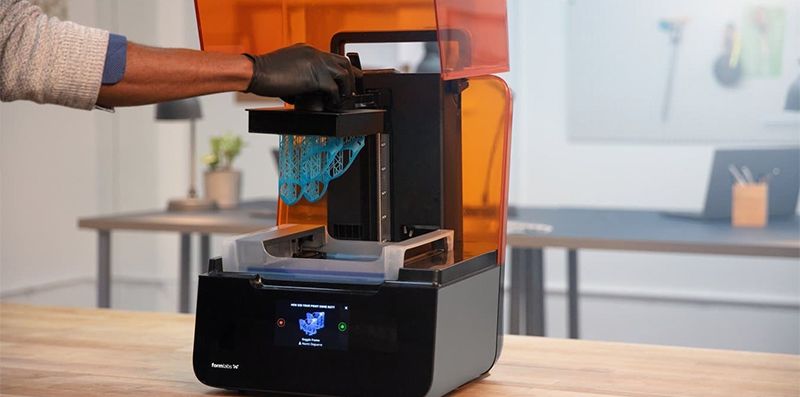7 Essential Steps to Master Rapid Prototyping Effectively
Nov. 20, 2024
Rapid prototyping is transforming how products are developed, but mastering it effectively can be challenging. What are the essential steps to succeed?
Mastering rapid prototyping requires a clear process: defining objectives, selecting the right tools, and iterating designs efficiently. Follow these seven steps to achieve better results.
Step 1: Define Your Objectives
Start by identifying what you aim to achieve. Are you testing functionality, aesthetics, or both? Clear goals streamline the prototyping process.
Step 2: Choose the Right Tools
Select software and hardware that align with your project needs. Popular tools like AutoCAD, Fusion 360, or 3D printers can speed up development.
Step 3: Create a Blueprint
Develop a detailed model or sketch. This blueprint ensures everyone on the team understands the design and its components.
Step 4: Build an Initial Prototype
Use materials that suit your prototype's purpose. For example, PLA filament is common for 3D printing initial models due to its affordability and ease of use.

Step 5: Test and Evaluate
Conduct thorough testing of your prototype. Gather feedback from stakeholders to identify areas for improvement and ensure the design meets requirements.
Step 6: Iterate and Refine
Apply feedback to refine the prototype. Repeat the process until the design achieves its intended goals, improving functionality and aesthetics with each iteration.
Step 7: Finalize and Document
Once satisfied, finalize the prototype. Document the process, including materials, tools, and feedback, to ensure reproducibility for future projects.
Data: Rapid Prototyping Success Rates
| Prototype Iterations | Success Rate |
|---|---|
| 1-2 Iterations | 65% |
| 3-5 Iterations | 85% |
| 6+ Iterations | 95% |
Case Study: A Start-Up’s Journey
A start-up aiming to develop a wearable fitness tracker used rapid prototyping. By following the seven steps, they reduced development time by 30% and minimized costs by identifying design flaws early.
FAQs About Rapid Prototyping
What industries benefit most from rapid prototyping service?
Industries like healthcare, automotive, and consumer electronics frequently use rapid prototyping for innovation and speed.
How much does rapid prototyping cost?
Costs vary by tools and materials but generally range from $100 to $10,000 depending on complexity.
What are the limitations of rapid prototyping?
While efficient, it may not always represent final materials or structural integrity accurately.
By following these seven steps and leveraging industry insights, you can master rapid prototyping and enhance your product development process.
93
0
0
None
None

Comments
All Comments (0)